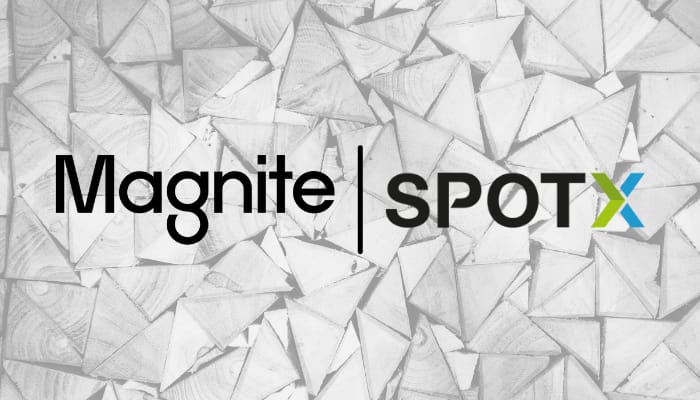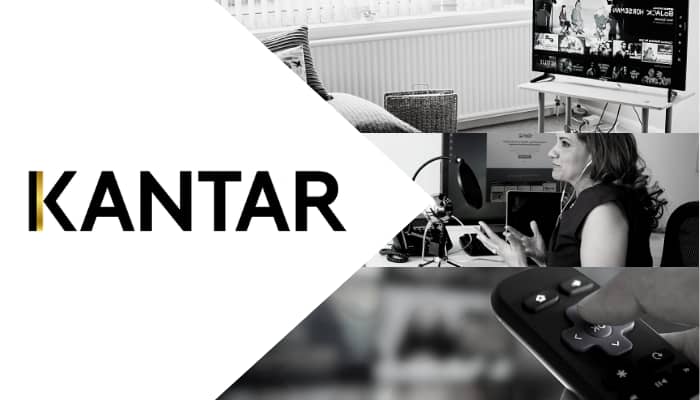California, USA – Global ad platform Magnite has announced the conclusion of its acquisition of video ad platform SpotX, disclosed at an amount of US$640M in cash and 12,374,315 shares of Magnite stock.
Through the acquisition, both companies have created the largest independent connected TV (CTV) and video advertising platform, and reinforcing the company’s capabilities as linear TV budgets increasingly shift to digital, which works ideally for buyers and sellers that have long wanted a scaled, independent alternative to the giants that currently dominate the CTV marketplace.
Michael Barrett, president and CEO at Magnite, stated that scaling and reaching the largest possible audience is the name of the game when attracting the demand our CTV and video clients need, evident with the scale they have created with the recent acquisition.
“Acquiring SpotX positions us to become the world’s largest, independent source of highly-coveted CTV and video inventory. Two-thirds of our revenue is now concentrated in the fastest-growing segments of the market, and as linear TV dollars move to CTV, the greatest opportunity is still ahead of us,” Barrett stated.
Meanwhile, Mike Shehan, co-founder and CEO at SpotX, commented, “We’re thrilled to become a part of the Magnite family. CTV viewership and the ecosystem around it continues to evolve with new streaming services popping up every day and advertisers hoping to connect with those audiences.”
He added, “SpotX’s CTV business has experienced significant growth over the past year, and we believe our performance will only accelerate through this combination of resources by delivering even more value to our clients.”
Magnite, which now holds a large array of clients including A+E Networks, AMC Networks, Crackle, Discovery, FOX, among others, has also built a new Asia Pacific presence, as it announced last March the establishment of a new data center in Singapore.




